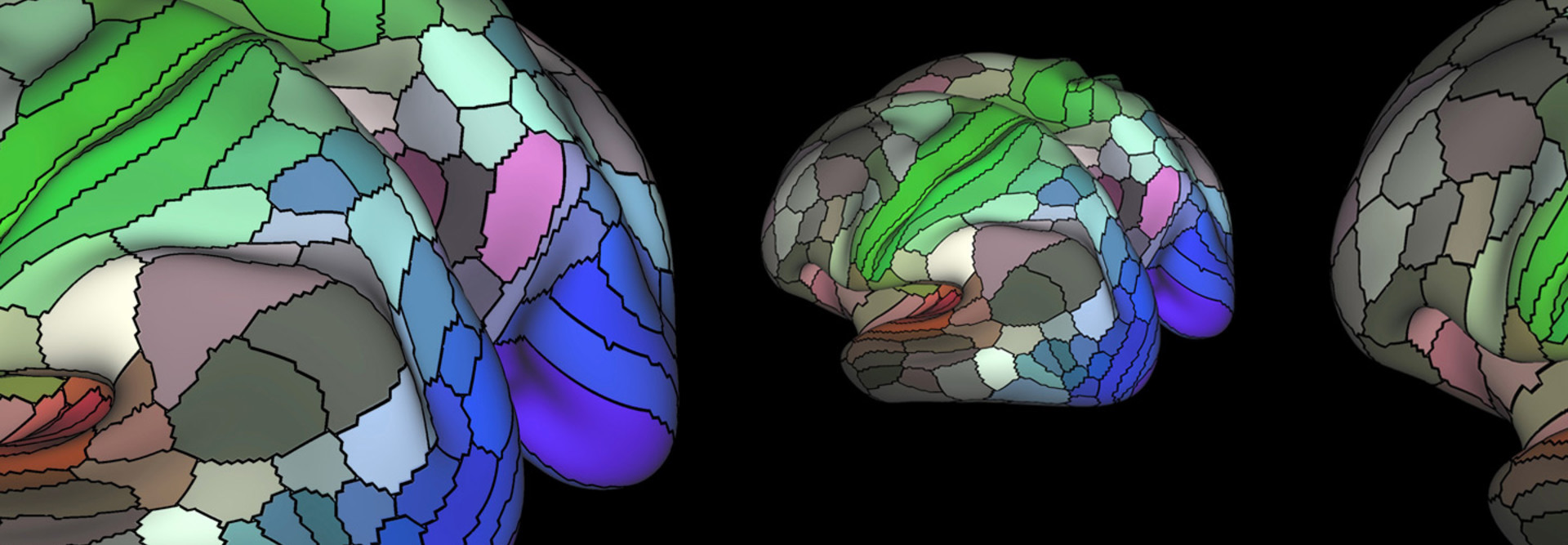Photography by Drake Sorey
Blending those with in-house tools, such as NIH’s Query/View/Report system and Research Portfolio Online Reporting Tools, scientists can mine the results for insights into topics as diverse as national behavior trends or genetic signaling at the cellular level.
They can gather information and look for patterns on the financial level as well; for example, in grant applications and awards, budget publications or patents.
“Combining large data sets from different sources can be used to answer questions in a way that was previously unfeasible,” Little says.
Big Data science and innovations in data visualization have already provided new insights into many areas of science, including neuroscience and cancer.
“This is particularly relevant to NIDA’s mission, as it has the potential to be extremely useful for providing new information about addiction, including the gene, cell and circuit interactions that underlie the biology of addiction,” Little says.
MORE FROM FEDTECH: Find out why the State Department sees data as a strategic asset!
DHS Uses Data Visualization to Enhance Cybersecurity
The Department of Homeland Security’s Continuous Diagnostics and Mitigation Program uses data visualization technologies as part of the suite of tools and capabilities that protect civilian government data and networks, says CDM Program Manager Kevin Cox.
“The data visualization tools help agencies and the CDM quickly identify where they need to take action, whether it’s to combat an urgent threat or to stay ahead of threats by strengthening protections,” he says.
Participating agencies place sensors on their networks to enable continuous monitoring of their systems, to assess how well systems are configured and to look for potential vulnerabilities and intrusions in progress. The sensors also detect what devices and users are on the network at any given time; they check users’ access privileges, whether a device is authorized and how well it is secured.
Data from the sensors is pulled into an integration layer and then fed into data visualization tools, including Archer and Splunk. This creates a dashboard of views for DHS decision-makers assessing and responding to issues with the networks, says Cox.
“Data visualization and analytics helps us craft an overall picture of how cybersecurity is working across the federal government and see if we’re maintaining proper protections around high-value assets,” Cox says.
Through CDM, in partnership with the General Services Administration, DHS is providing agencies with off-the-shelf, commercially available tools, Cox says. The effort is aimed at fortifying and rationalizing the cybersecurity infrastructure while improving efficiencies.






.jpg)



